What Assembly Line Equipment Can The Meat Dicer Be Used With?
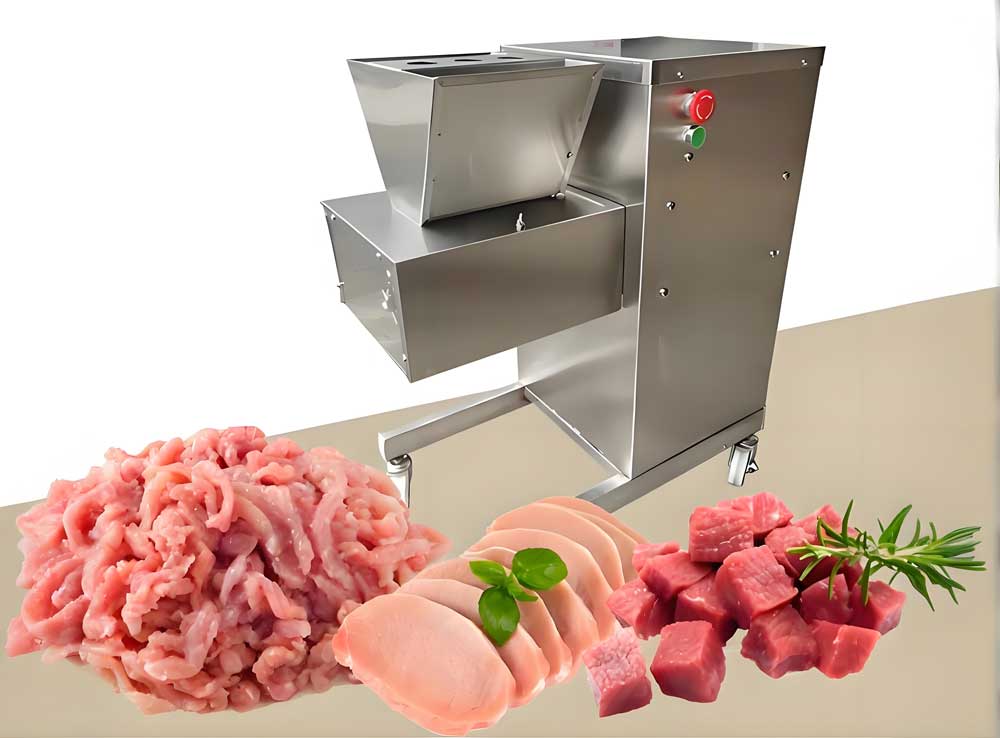
Unleash True Efficiency: Pairing Your Meat Dicer for Seamless Flow
Your meat dicer is a marvel of precision engineering, transforming chunks of meat into perfect cubes with impressive speed. But is it reaching its absolute full potential operating in isolation? Imagine elevating its performance by seamlessly integrating it into a larger, cohesive production line. Pairing your dicer with upstream and downstream equipment isn't just about adding more machinery; it's about orchestrating a symphony of efficiency, creating a continuous, automated flow that minimizes manual handling, maximizes throughput, and ensures unwavering consistency. It's time to think beyond the standalone unit and unlock the synergistic power of integration.
Why Your Dicer Shouldn't Be an Island: The Magic of Integration
A standalone dicer, while effective, often creates operational islands. Meat needs to be manually loaded, diced product needs to be manually collected and transported, and the machine's pace might not perfectly match other processes. This creates bottlenecks, increases labor requirements, introduces potential delays, and elevates the risk of handling-related contamination. Integration breaks down these barriers. It transforms your dicer from a solitary workhorse into a vital, connected component in a highly efficient, automated ecosystem, unleashing a kind of operational magic that standalone equipment simply cannot replicate.
Upstream Allies: Equipment Feeding Your Meat Dicer
Before the dicing action even begins, several upstream processes and machines can prepare and deliver meat perfectly, ensuring your dicer operates at peak performance. Think of these as the crucial support crew setting the stage.
Setting the Stage: Prepping Meat Perfectly for Dicing
Ensuring the meat is in optimal condition before it reaches the dicer is paramount. This might involve trimming, deboning, or ensuring it's at the correct temperature – processes often handled at dedicated prep stations before automated transport.
Conveyors Calling: Transporting Meat to the Dicing Station
Manual lugging of heavy meat bins? That’s yesterday’s news! Automated conveyor systems – belt, screw, or bucket types – efficiently and hygienically transport prepped meat directly to the dicer's infeed hopper, ensuring a steady, regulated supply without manual intervention.
Lift Me Up! Automated Loading for Heavy Lifting
For larger cuts or higher volumes, bin lifters or tippers can automatically hoist and dump large containers of meat directly into the dicer’s loading area. This eradicates strenuous manual lifting, improving ergonomics and safety while maintaining continuous flow.
Size Matters: Pre-Breaking with Grinders or Flakers?
If starting with very large, frozen, or unwieldy blocks of meat, integrating an upstream grinder or flaker can be beneficial. These machines break down the large blocks into more manageable chunk sizes perfectly suited for the dicer's feed opening, preventing jams and ensuring efficient operation.
Slice & Dice Prep: Using Slicers Before the Dicer
For certain applications requiring very precise dice from specific muscle orientations, feeding pre-sliced meat (from an industrial slicer) into the dicer can provide superior control over the final cube's dimensions and appearance. It’s about controlling the input for ultimate output precision.
Temperature Tamers: Getting Meat to the Optimal Cutting Condition
Consistent dicing often requires meat to be within a specific temperature range (well-chilled or partially frozen). Integrating tempering systems, chillers, or controlled thawing units upstream ensures the meat arrives at the dicer in the ideal state for clean cuts and optimal machine performance.
Tender Touch: Integrating Tenderizers for Specific Needs?
While less common, for specific product lines requiring enhanced tenderness alongside dicing (like certain marinated products), integrating a mechanical tenderizer before the dicer could be part of a specialized line configuration, adding value early in the process.
Downstream Destinations: Where Your Diced Meat Goes Next
Once the dicer has worked its magic, the journey for those perfect cubes is far from over. Seamless downstream integration ensures the product moves efficiently to the next stage, preserving quality and automation.
The Journey Continues: Moving Diced Product Efficiently
Just as meat arrives automatically, diced product needs to depart just as smoothly to avoid accumulation and maintain continuous operation.
Catch & Carry: Conveyor Systems Post-Dicing
The most common downstream partner! Conveyors positioned at the dicer's discharge gently collect the diced meat and transport it onwards – perhaps elevating it to the next process level or simply moving it along the line. Specialized conveyors might drain excess moisture or help maintain temperature.
Tumble & Toss: Marinating and Seasoning Integration
Want perfectly seasoned or marinated diced meat? A direct line from the dicer discharge into an automated tumbler or coating drum allows for immediate, uniform application of marinades, spices, or glazes while the product is optimally separated.
Mix Masters: Blending Diced Meat with Other Ingredients
For producing ready-meals, fillings, or complex sausage blends, diced meat can be conveyed directly into large industrial mixers or blenders, where it's combined accurately with vegetables, sauces, fats, or other ingredients according to recipe specifications.
Perfect Portions: Connecting to Weighing & Filling Systems
Achieving accurate package weights is crucial. Integrating the dicer output with multi-head weighers or volumetric fillers allows for precise portioning of diced meat directly into trays, bags, or pouches.
Wrap It Up! Linking Dicers to Packaging Powerhouses
The logical next step after portioning is often packaging. Diced meat can flow seamlessly into tray sealers, vacuum packers, flow wrappers, or bagging machines, creating a fully automated line from raw material to finished, packaged product.
Ready for the Heat? Direct Lines to Cooking Equipment (Ovens, Fryers)
For fully cooked products, diced meat can be transported directly from the dicer into continuous ovens, fryers, steamers, or kettles, minimizing delays and maintaining optimal product flow for thermal processing.
Flash Freeze Flow: Integrating with IQF Tunnels and Freezers
To preserve diced meat individually rather than in clumps, integrating with an Individual Quick Freezing (IQF) tunnel is ideal. Diced product moves directly onto the freezer belt, ensuring rapid, high-quality freezing. Connection to spiral or blast freezers is also common.
Quality Checkpoint: Incorporating Inspection Systems (Metal Detectors, X-Ray)
Ensuring product safety is paramount. Integrating in-line metal detectors or X-ray inspection systems after dicing (often before packaging) automatically checks for foreign contaminants, providing a crucial quality control step within the automated flow.
The Brains of the Operation: Control & Synchronization
Connecting machines physically is only half the battle. Making them work together intelligently requires sophisticated control systems.
Making it All Talk: PLC Control Systems for Line Harmony
Programmable Logic Controllers (PLCs) act as the central nervous system of an integrated line. A central PLC can monitor and control the operation of the dicer and all connected upstream and downstream equipment, ensuring they function as a unified system based on pre-set parameters.
Keeping Pace: Ensuring Speed Synchronization Between Machines
A key function of the control system is ensuring all machines operate at compatible speeds. The conveyor feeding the dicer must match the dicer's processing rate, which must, in turn, match the capacity of the downstream equipment. This prevents both starvation (gaps in product flow) and overwhelming (product pile-ups). Variable speed drives controlled by the PLC are essential here.
Data Driven Dicing: Monitoring and Logging for Optimization
Integrated lines can generate valuable operational data. The control system can log throughput rates, machine uptime/downtime, fault occurrences, and potentially even quality metrics. Analyzing this data allows for process optimization, predictive maintenance scheduling, and enhanced traceability.
Why Connect? The Undeniable Benefits of an Integrated Line
The motivation for integrating your dicer goes far beyond simply connecting machines; it unlocks profound operational advantages.
Supercharge Your Speed: Boosting Overall Throughput
By eliminating manual handling delays and ensuring continuous, synchronized flow, integration dramatically increases the overall production speed and throughput capacity of your entire line compared to standalone operations. More product, less time.
Labor Savings Unleashed: Automating Manual Touchpoints
Every point where a product is manually loaded, unloaded, or transported is an opportunity for automation via integration. This significantly reduces direct labor requirements, freeing up staff for higher-value tasks and lowering operational costs.
Consistency You Can Count On: Uniformity from Start to Finish
Automation inherently improves consistency. An integrated line ensures that product flows smoothly and is processed uniformly at each stage, from initial prep through dicing to packaging or cooking, minimizing human variability.
Safety Synergy: Reducing Handling and Enhancing Hygiene
Less manual handling directly translates to reduced risk of cross-contamination and improved food safety. Enclosed transfer systems and automated processes create a more hygienic environment. Furthermore, automating heavy lifting and interaction with moving parts enhances operator safety.
Workflow Wonders: Creating a Smooth, Uninterrupted Process
Integration transforms disjointed steps into a fluid, logical production process. It minimizes buffers, reduces work-in-progress inventory, and creates a predictable, efficient flow from raw materials to finished goods. It’s operational elegance in motion.
Smart Connections: Considerations for Successful Pairing
Achieving successful integration requires careful planning and consideration of several key factors.
Matching Might: Ensuring Capacity Alignment Across the Line
Critically, the throughput capacity (e.g., kg/hour ) of each machine in the line must be compatible. Your dicer's capacity must align with the feed rate of the upstream equipment and the acceptance rate of the downstream equipment. Any mismatch creates a bottleneck.
Floor Plan Finesse: Designing an Efficient Layout
The physical arrangement of the equipment is crucial. The layout should facilitate a logical product flow, minimize conveyor lengths, allow adequate space for operation and maintenance access, and comply with facility safety regulations. Good design prevents logistical nightmares.
Control Compatibility Check: Making Sure Systems Communicate
Ensure the control systems (PLCs, interfaces) of the different machines can effectively communicate with each other or be managed by a central controller. Using equipment from manufacturers experienced in integration or employing skilled system integrators is highly recommended. Incompatibility can derail the entire project.
Cleaning Conundrums: Maintaining Access for Sanitation
While integration streamlines flow, it can sometimes make cleaning access more challenging if not planned correctly. Ensure the layout provides sufficient space around and between machines for operators to perform thorough cleaning and sanitation protocols required for food safety. Don't sacrifice hygiene for flow.
FAQs: Your Dicer Integration Questions Answered
What's the most common machine paired before a dicer?
Conveyor belts for transport and automated bin lifters/tippers for loading are extremely common upstream partners, facilitating the movement of prepped meat to the dicer.
And what's most common after the dicer?
Again, conveyor belts are nearly ubiquitous for transporting the diced product away. Following that, direct integration with mixers/blenders, tumblers/coaters, or weighing/filling/packaging systems is very common, depending on the final product.
Can one control system manage the entire line?
Yes, absolutely. Utilizing a central PLC or SCADA (Supervisory Control and Data Acquisition) system is often the most efficient way to manage and synchronize an entire integrated line, providing a single point of control and monitoring.
How much space does an integrated line typically require?
This varies massively depending on the number and type of machines integrated, their individual footprints, and the required conveyor lengths. Integrated lines inherently require more linear floor space than standalone machines. Proper layout planning is essential to optimize space utilization.
Is integrating equipment difficult or costly?
It can be more complex and costly upfront than purchasing standalone machines. It requires careful planning, potential customization, sophisticated controls, and often, the expertise of system integrators. However, the long-term savings in labor, increased throughput, and improved consistency often provide a strong return on investment (ROI).
How do you ensure different machines run at the same speed?
This is typically managed by the central PLC control system using sensors and variable frequency drives (VFDs) on motors. Sensors detect product flow and accumulation, and the PLC adjusts the speed of individual machines (conveyors, dicer, fillers, etc.) to maintain synchronization and prevent jams or gaps.
What happens if one machine in the line stops?
A well-designed integrated control system includes logic for handling stoppages. If one machine faults (e.g., the packager jams), the system should ideally signal upstream machines (like the dicer and its feed conveyors) to pause or stop safely to prevent product pile-up, and alert operators to the specific issue.
Conclusion: Build Your Dream Team - Integrate Your Dicer Today!
Your meat dicer is a powerful tool, but its true potential is unlocked when it becomes part of a cohesive, integrated production line. By strategically pairing it with upstream and downstream equipment and implementing intelligent control systems, you can achieve unprecedented levels of efficiency, consistency, safety, and cost savings. It’s about creating a processing ecosystem where each component works in perfect harmony.
From Lone Wolf to Line Leader: The Power of a Connected Meat Dicer
Stop thinking of your dicer as an isolated station and start envisioning it as the pivotal link in a seamless production flow. Embrace the power of integration. Analyze your workflow, identify opportunities for connection, and explore the equipment combinations that can elevate your meat processing operation from efficient to truly exceptional. The future of high-volume meat preparation is connected!
Must-Read Blogs For Chain Restaurants Owner

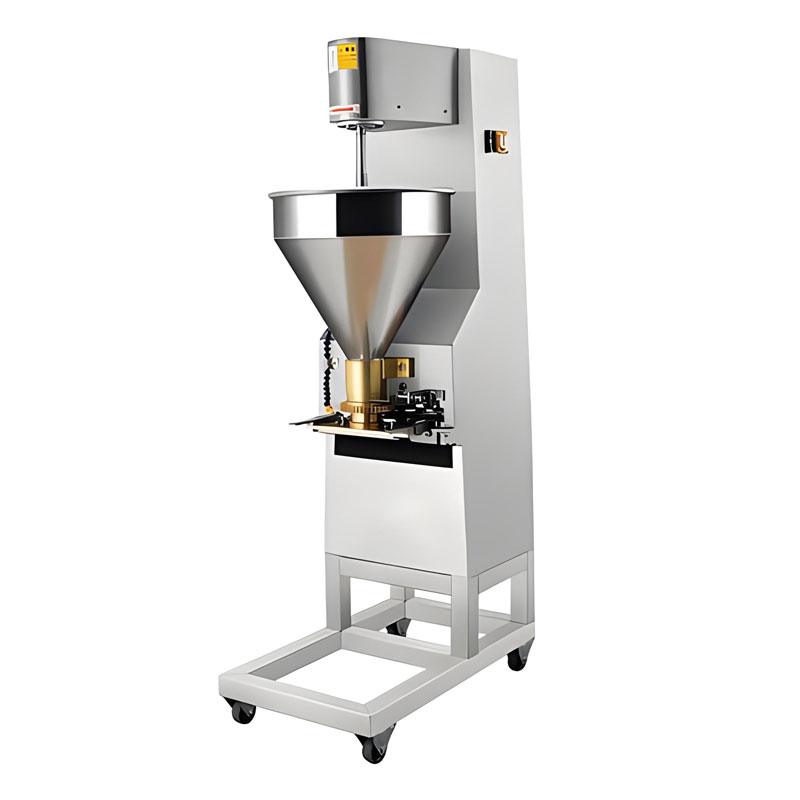
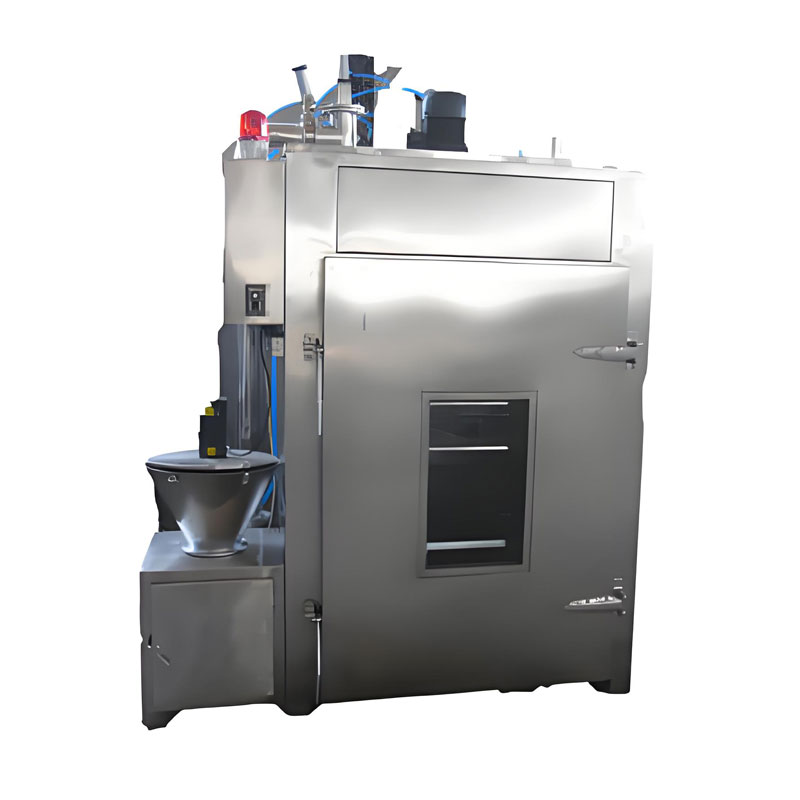
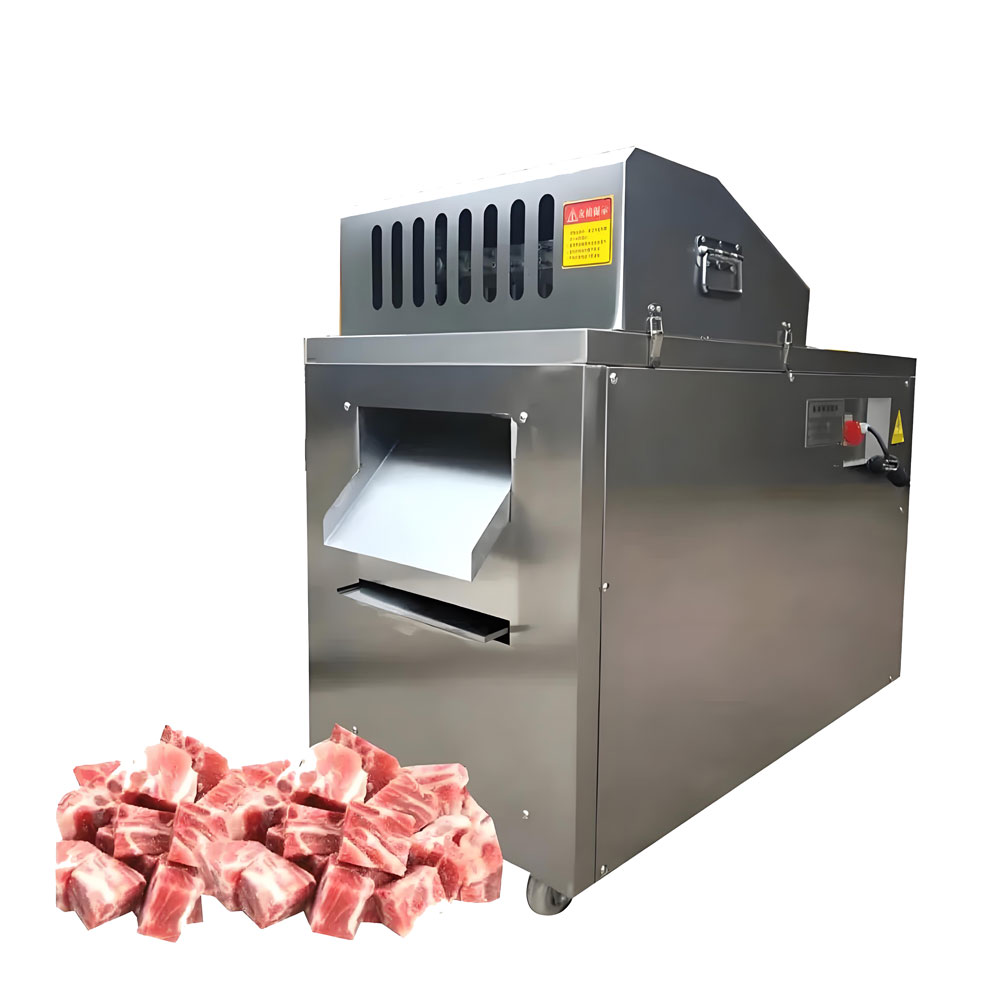
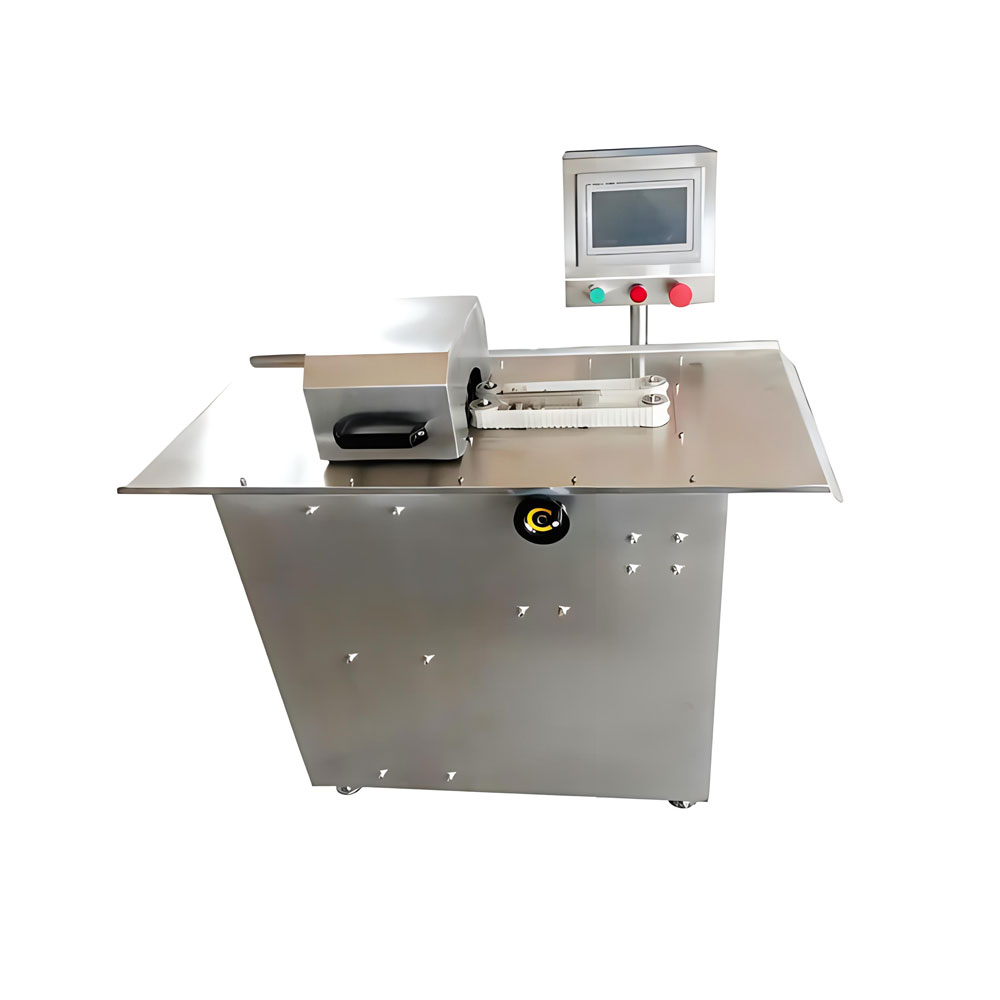
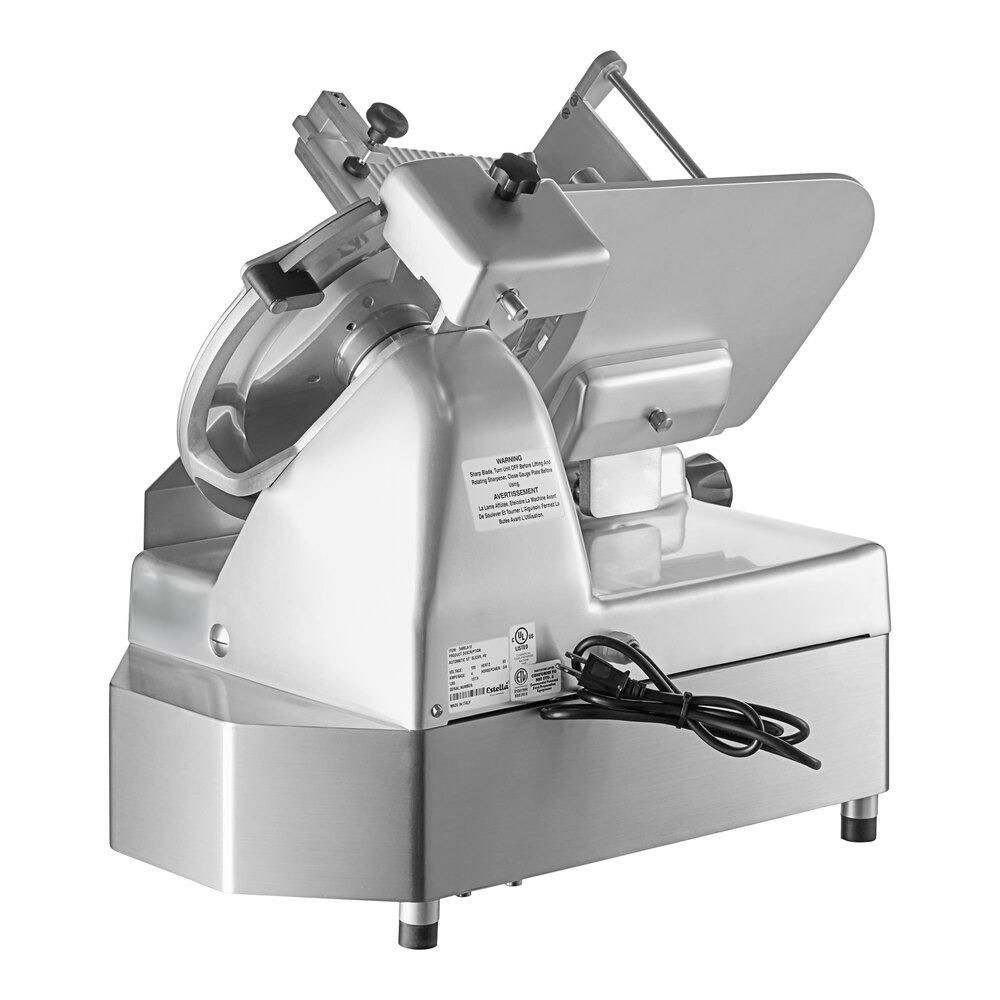
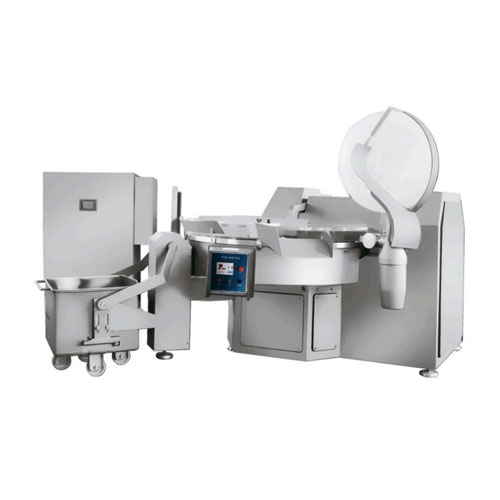
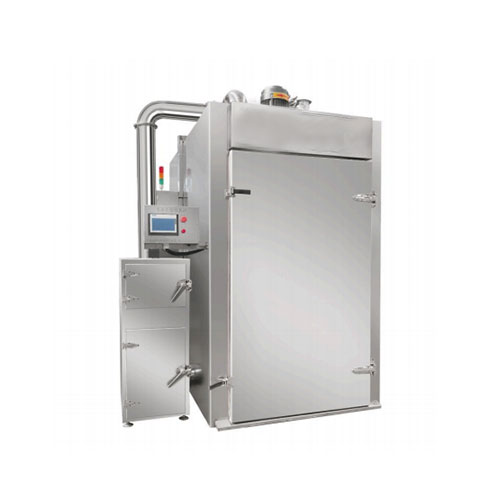
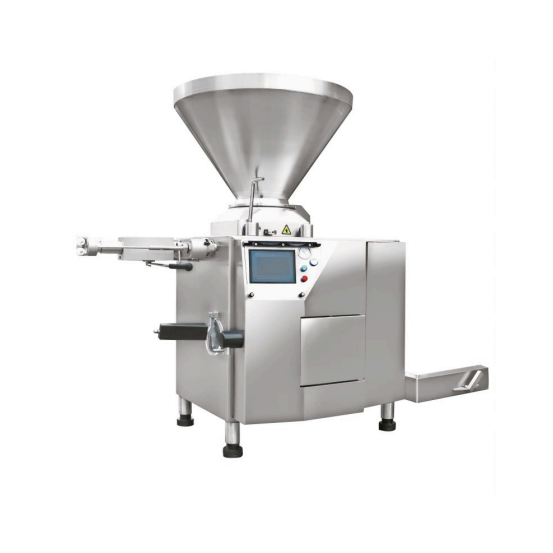
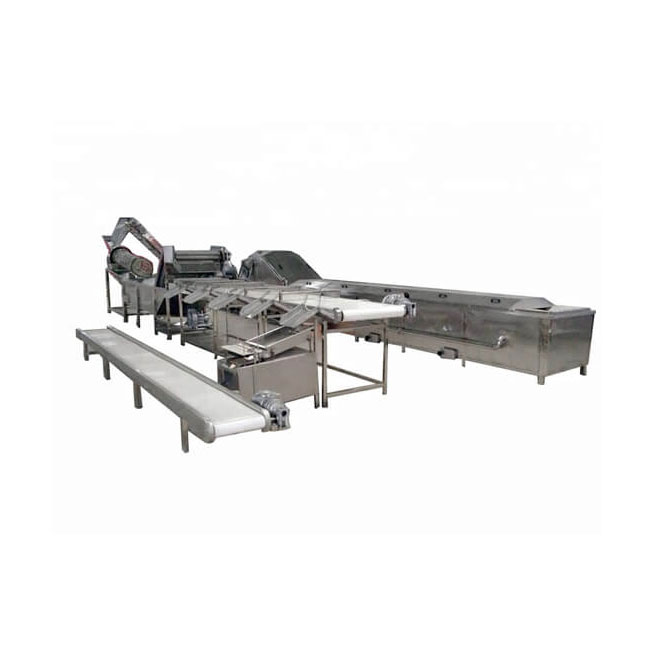
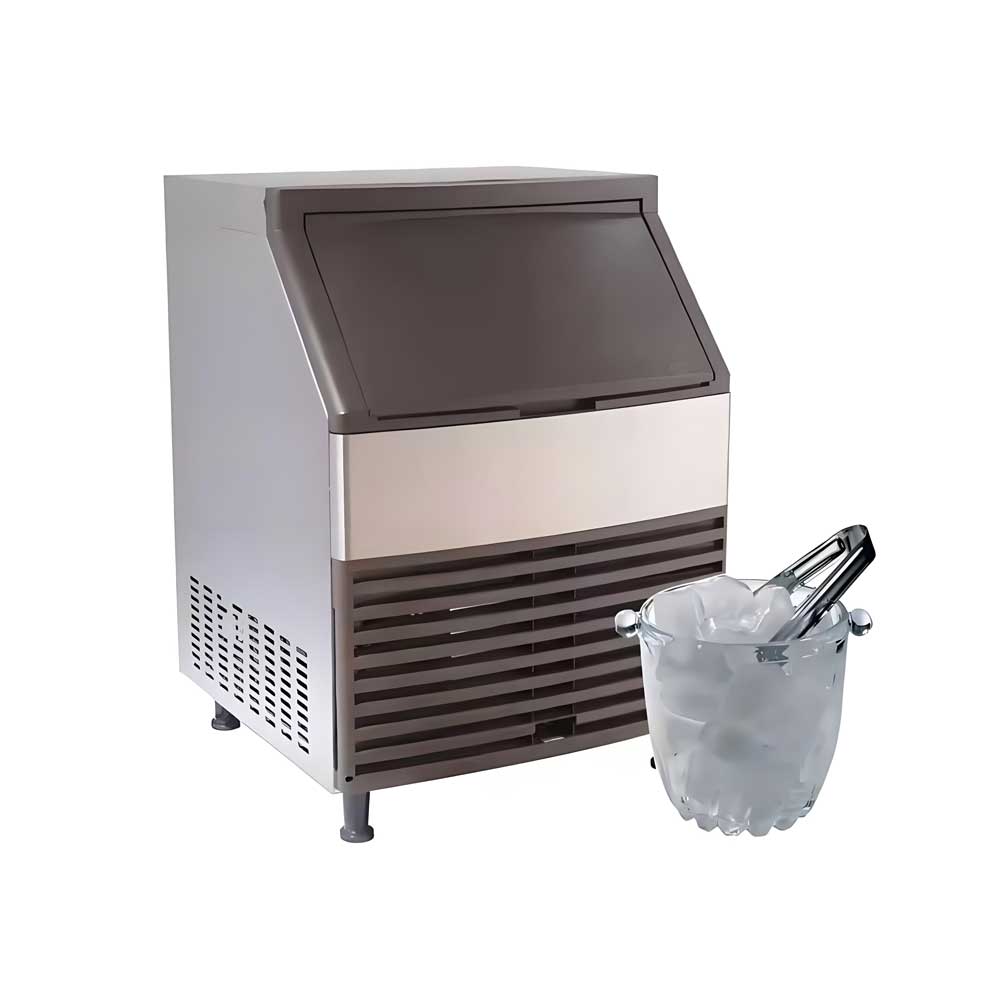
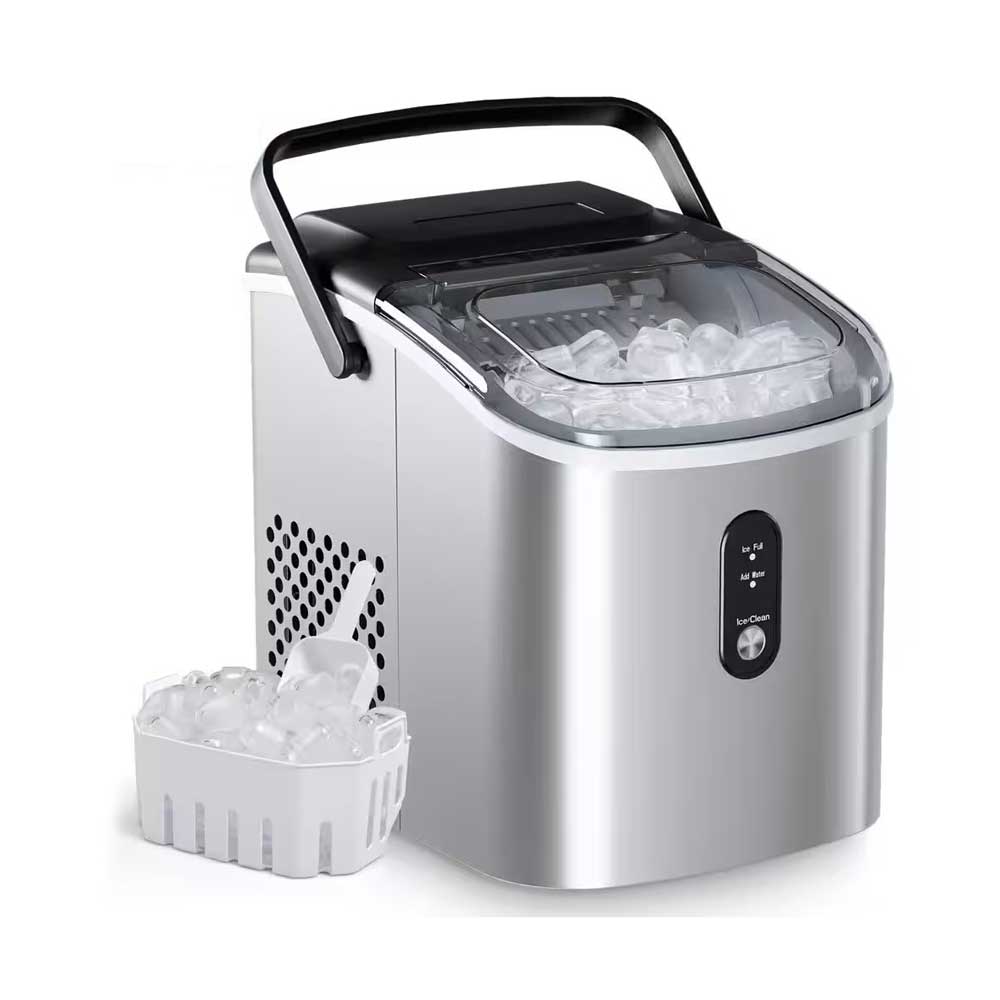 Portable Flake Ice Machine
Portable Flake Ice Machine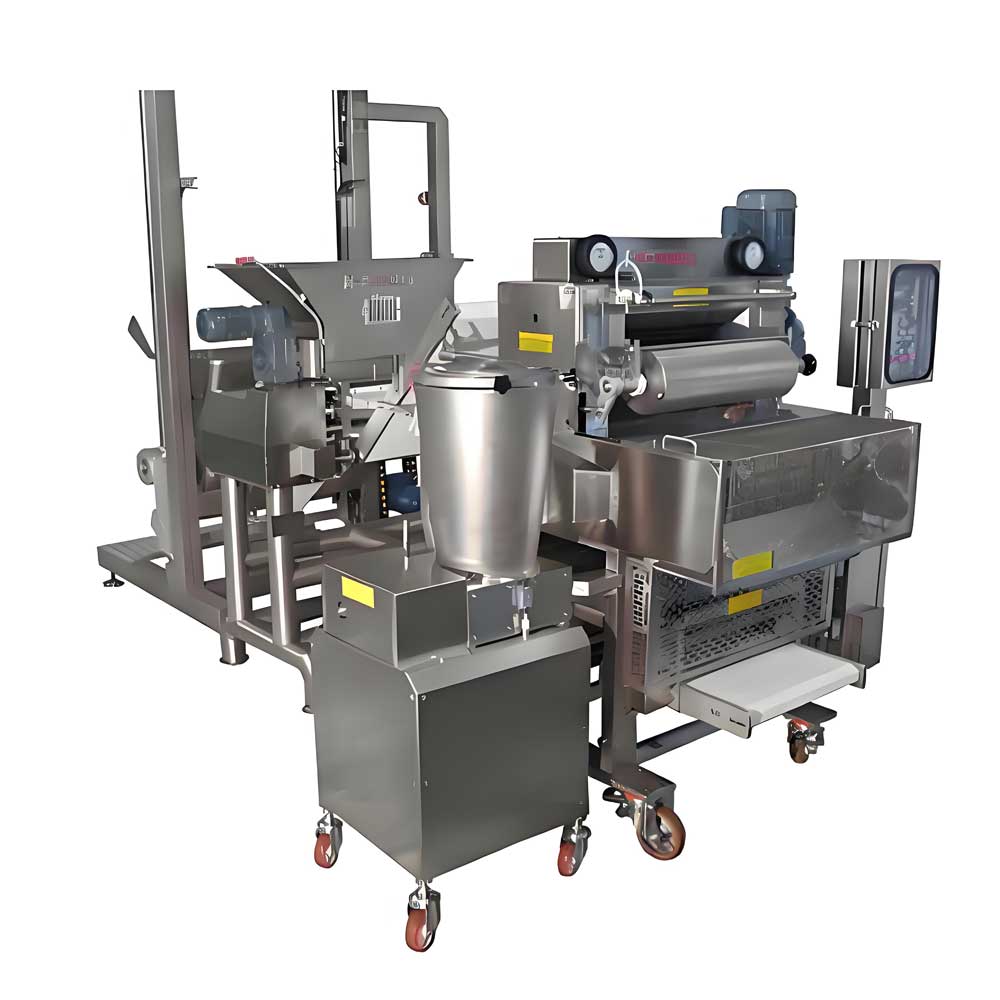 Pelmeni Making Machine
Pelmeni Making Machine
Ready to Get Started?